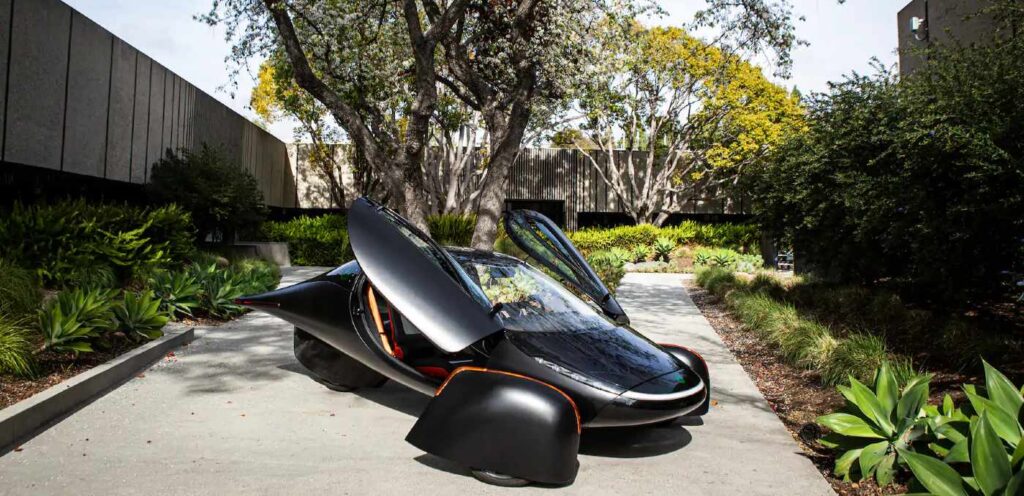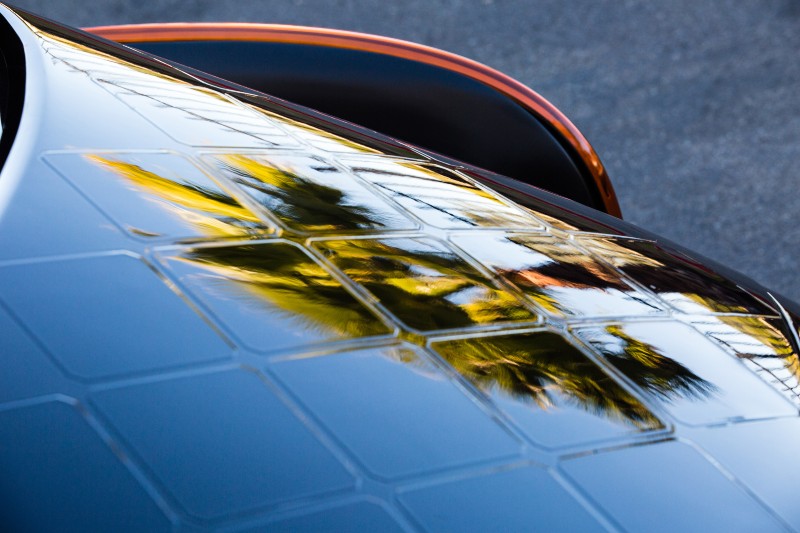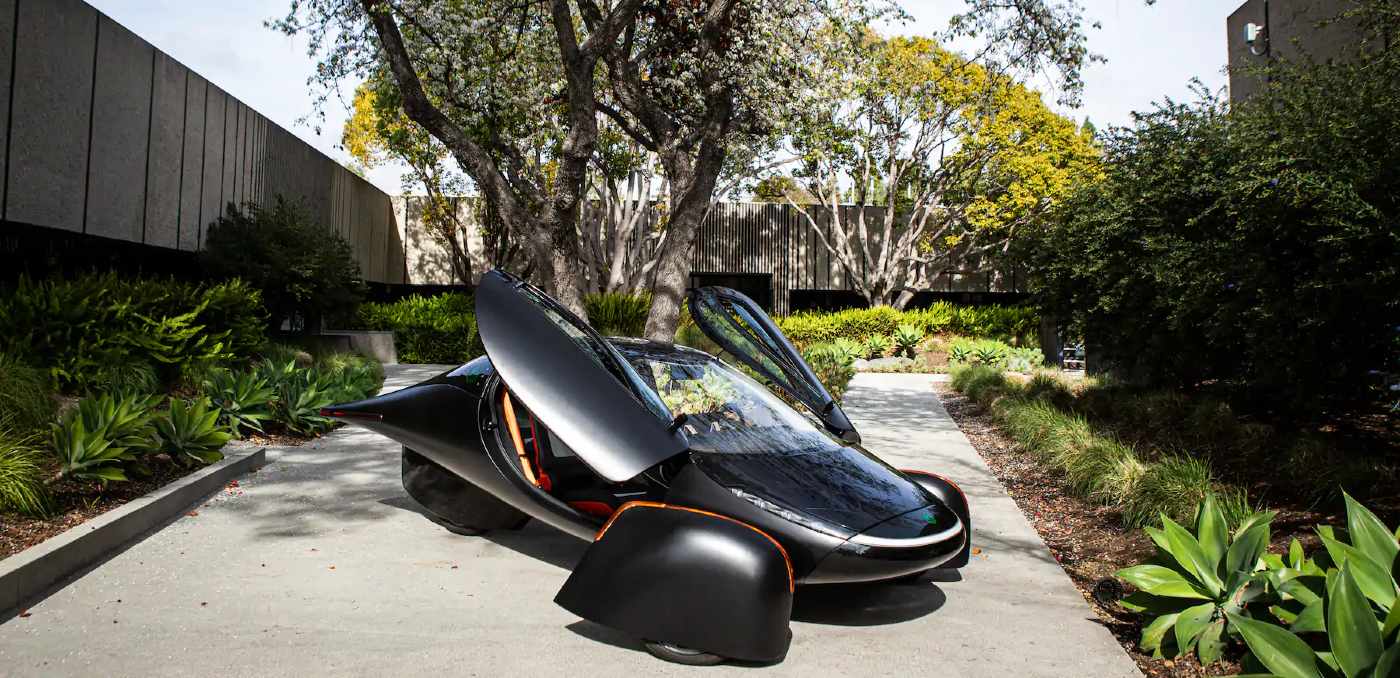Looking like a mix between an F-1 car and the Batmobile, the world’s first mass-produced solar-powered car just took several more steps towards its first market day.

On February 18, Aptera Motors announced a $4 million Series A round of financing—and also 7,000 reservations of their new electric vehicle, worth a total of $250,000.
The Aptera electric trike has three wheels, costs around $25,000, and contains 34-square feet of solar cells which generate electricity to power the car for most daily commutes.
It can be plugged in, of course, for rainy days or nighttime, but unlike basic EVs it needs just 15 minutes of charge to drive 150 miles without stopping. Even the simple act of leaving it parked in the sun for a day can provide 40 miles of range all on its own—the equivalent of your car refilling itself with two gallons of gasoline.
As part of a bid to get the car to market by the end of the year, Aptera has moved into a new production and design facility in San Diego, California.
A technological estuary

An estuary is a unique environment where a large river mouth or river delta mingles with salty seawater—an apt comparison to the Aptera solar trike, which is an estuary of different technologies coming together, each complementing the other.
Despite looking as dramatic as any Pagani Zonda or Lamborghini, the tapered backside, aerodynamic body, and arched, dolphin-like undercarriage are all designed to reduce drag.
In fact, the detail paid to the reduction of drag and energy use borders on obsessive. But it’s through this ultra-efficiency that solar power, a relatively limited form of electricity generation, can actually become a useful feature for powering a car.
“We think energy should be used to turn your wheels—that starts with aerodynamics,” says Anthony, in a video released by the company announcing it was taking preorders.
“In a typical vehicle you use 60% of your fuel just pushing the air out of the way at highway speeds; so if you could take that aerodynamic drag down to 0, you’d instantly get 60% better fuel economy.
“Instead of having 200-300 parts to the body, [the Aptera] have four parts to the main structure, and that makes it much easier to build, track, and assemble,” says Steve Fambro, the second co-founder of the company, in the same video.
Indeed, made of composite materials involving fiberglass, carbon, and aluminum, most of the paneling is designed to be 3D printed—further reducing emission production and costs.
RELATED: Hyundai Launches First Car With Solar Roof Charging System
They’ve also added intelligent auto-pilot features and taken advantage of 20+ years of innovation in battery and electric drivetrain technology to create what they call the best electric car in the world.
(WATCH Aptera’s new video below.)
Power Up With Positivity By Sharing The Good News To Social Media…





















Wonder what the safety rating is?
They claim they will crash test it before release. So there is no rating yet. There are air bags.
Per the specs there is nothing like it anywhere for light transportation. It is the world’s most efficient and the worlds longest range ev and still run 0 to 60 in 3.5 sec. Assuming they can deliver on all that…. in a year. Hoping to test drive one when available.
Love the design overall, but aren’t those wheel covers kinda too close to the ground? The look like they’d be smashed if you went over a speed-bump.
How many air bags does this car have?
Its a start in the right direction how ever no one will be looking to buy this car as a second owner of the car because it would be to expensive to maintain as a second owner! As I said its a good start just not practical in any market.